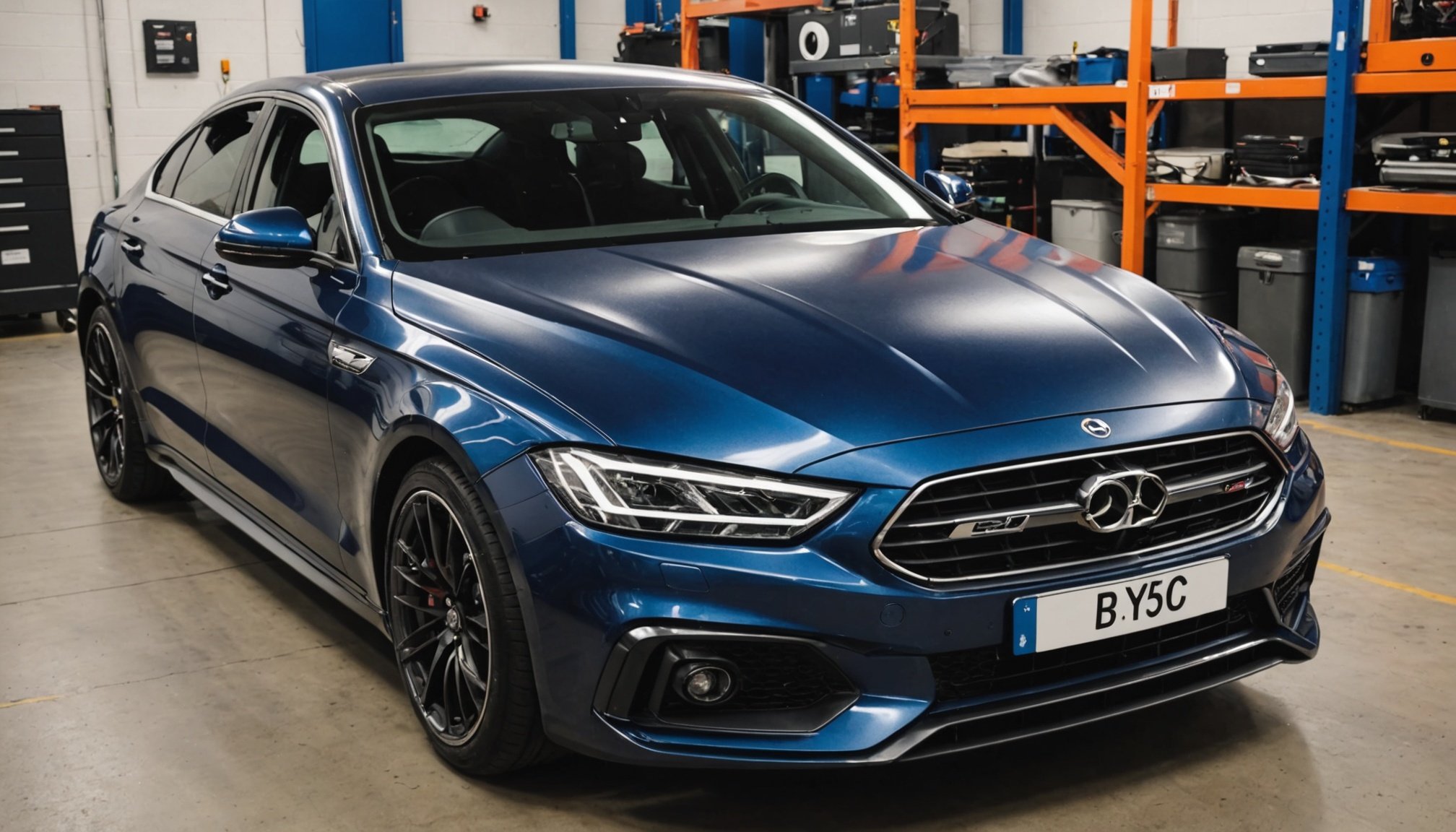Custom vinyl wraps can transform your vehicle’s appearance, adding a personal touch without breaking the bank. Many people think professional help is necessary, but it’s entirely possible to achieve stunning results on your own. This guide empowers you with step-by-step instructions to master this skill, ensuring that you can design a unique look while learning valuable techniques. Why settle for ordinary? Get ready to unleash your creativity and drive a car that truly reflects your personality.
Essential Materials for Vinyl Wrapping
When embarking on a vinyl wrapping project, having the right materials for vinyl wraps is crucial. A successful wrap not only requires skill but also the proper vinyl wrap tools. Essential tools include a squeegee for smoothing out air bubbles, a heat gun for moulding the wrap around curves, and a cutting blade for precision trimming. High-quality car wrapping supplies also involve surface cleaners to ensure the vehicle is free of dust and contaminants before application.
Also to see : Mastering Idle Speed Adjustment: A Comprehensive Guide for UK Carbureted Cars
For those seeking recommendations, 3M and Avery Dennison are renowned for their durable and versatile vinyl wraps. Both brands offer a wide range of colours and finishes, ensuring you can achieve the desired look for your vehicle. In addition to wraps, investing in quality tools from brands like VViViD and WrapCut can significantly enhance the wrapping process.
In the UK, local suppliers such as William Smith and APA offer a comprehensive selection of materials for vinyl wraps. Additionally, online platforms like Amazon and eBay provide convenient access to a variety of car wrapping supplies, often with customer reviews to guide your choices. Whether purchasing locally or online, ensuring you have the right materials is key to a flawless finish.
Also to see : Ultimate Guide to Enhancing Family Car Interiors for Unforgettable Comfort on Long UK Road Trips
Step-by-Step Application Process
Embarking on a vinyl wrap application requires careful attention to detail. Whether you're a seasoned pro or exploring DIY car wrapping, following the correct vinyl installation steps is essential for a flawless finish.
Preparing the Surface
Before applying vinyl, ensure the vehicle's surface is impeccably clean. Use a high-quality surface cleaner to remove dust, grime, and any wax residues. This step prevents imperfections and ensures the vinyl adheres properly. It's crucial to work in a controlled environment, ideally between 20-25°C, to avoid temperature-related issues.
Cutting the Vinyl
Once the surface is ready, measure and cut the vinyl with precision. Use a sharp cutting blade to achieve clean edges and avoid fraying. It's wise to leave a small margin around the edges, allowing for adjustments during application. This ensures a seamless fit and reduces the risk of peeling.
Applying the Vinyl
Start applying the vinyl from the centre, using a squeegee to smooth out air bubbles. Work towards the edges, applying even pressure. A heat gun can be used to mould the vinyl around curves and contours, ensuring a snug fit. Maintain a consistent temperature to prevent the vinyl from overstretching or tearing.
Tips for Professional Results
Achieving a professional look with vinyl wrap finishing techniques involves precision and attention to detail. One of the key professional car wrapping tips is mastering the art of aligning and stretching the vinyl. Begin by ensuring the vinyl is properly aligned with the car's contours. This requires careful planning and a steady hand to avoid misalignment. Stretching should be done gently to prevent distortion, maintaining the integrity of the design.
The effective use of heat is also crucial. A heat gun helps in moulding the vinyl around curves and intricate areas. Apply heat evenly, as uneven application can lead to overstretching or bubbling. The right balance ensures the vinyl adheres smoothly and maintains a seamless appearance.
For a polished finish, attention to final touches is vital. Trim any excess vinyl with precision, using a sharp blade to prevent frayed edges. Ensure all edges are firmly pressed down to avoid lifting over time. Incorporate tools like a squeegee for smoothing out any remaining air bubbles. By following these vinyl wrap finishing techniques, you can achieve a flawless and professional result that enhances your vehicle's aesthetic appeal.
Common Mistakes to Avoid
When diving into the world of DIY car wrapping, it's crucial to be aware of common vinyl wrap mistakes that can sabotage your efforts. One frequent pitfall is neglecting proper surface preparation. Skipping this step can lead to poor adhesion and a less durable wrap. Always ensure the vehicle is thoroughly cleaned and free from contaminants before application.
Another common error involves car wrapping pitfalls related to cutting and trimming. Inaccurate measurements or hasty cuts can result in uneven edges and visible seams. Take your time to measure precisely and leave a margin for adjustments.
During application, rushing the process can cause air bubbles and wrinkles. It's essential to work slowly, using a squeegee to smooth out the vinyl, ensuring a bubble-free finish. If bubbles persist, gently lift the vinyl and reapply, using a heat gun if necessary.
Patience and practice are key to mastering DIY vinyl wrap errors. Practicing on smaller sections or spare panels can build confidence and improve technique. Remember, a professional-looking finish takes time and careful attention to detail. By avoiding these mistakes, you can achieve a smooth and seamless vinyl wrap.
Legal Considerations for Vehicle Modifications in the UK
When considering vehicle modifications such as vinyl wrapping in the UK, it is essential to be aware of relevant UK vehicle modification laws. These regulations ensure that modifications comply with safety and environmental standards. Understanding car wrapping regulations is crucial for avoiding legal issues and ensuring your vehicle remains roadworthy.
One important aspect to consider is the potential impact on insurance. Modifications, including vinyl wraps, may affect your insurance policy. It is advisable to inform your insurer of any changes to avoid invalidating your coverage. Additionally, modifications might require an update to your vehicle registration details, especially if the wrap significantly alters the vehicle's appearance.
To ensure compliance with local laws, it is beneficial to consult resources provided by the Driver and Vehicle Standards Agency (DVSA) or local authorities. They offer guidance on legal vinyl wrap considerations and other modifications.
Checking these resources can help you understand the specific requirements and avoid potential fines or penalties. By staying informed and adhering to regulations, you can enjoy your vehicle's new look without compromising on legality or safety.











